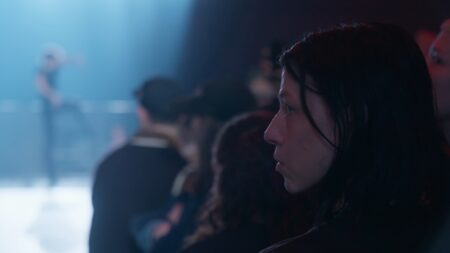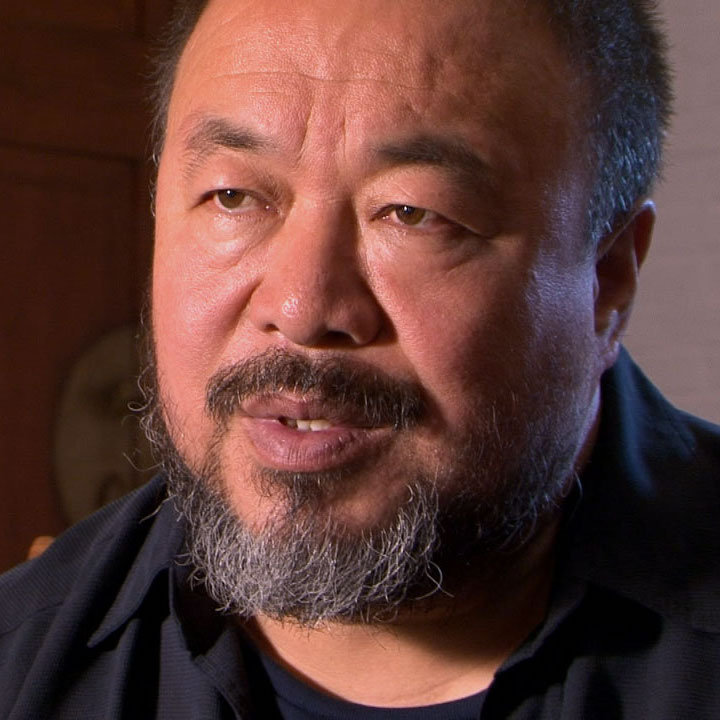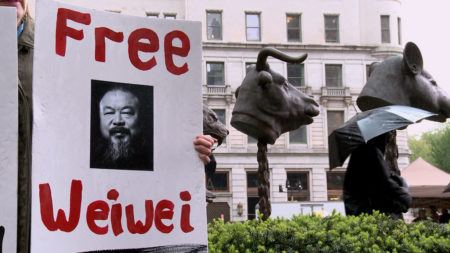Continue playing
(Time remaining: )
Play from beginning
Continue playing "{{ controller.videos[controller.getVideo(controller.currentVideo)].segmentParentTitle}}"
{{controller.videos[controller.getVideo(controller.currentVideo)].title}} has ended.
New CommunicationAi Weiwei
In one of his first on-camera interviews following his release from detention in 2011, Ai Weiwei discusses the potential for artists to express themselves online and encourages artists to be more aware of shifts in social media. This episode is filmed in Ai’s Beijing studio—where the artist uses Twitter on a daily basis to share ideas, question authority, and create dialogue—with Mandarin Chinese tweets translated into English.
Credits
Producer: Ian Forster. Consulting Producer: Wesley Miller & Nick Ravich. Interview: Phil Tinari. Camera: Takahisa Araki. Sound: Lin Hau. Editor: Morgan Riles. Artwork Courtesy: Ai Weiwei. Tweet Translation: @aiwwenglish & @hlkalin. Additional Translation: Amy Qing Lin. Theme Music: Peter Foley.
Closed captionsAvailable in English, German, Romanian, Italian, Japanese, Korean, Chinese, Italian
Through the Art21 Translation Project, multilingual audiences from around the globe can contribute translations, making Art21 films more accessible worldwide. Translate this video now.
Interested in showing this film in an exhibition or public screening? To license this video please visit Licensing & Reproduction.
An outspoken human rights activist, Ai Weiwei infuses his sculptures, photographs, and public artworks with political conviction and personal poetry, often making use of recognizable and historic Chinese art forms in critical examinations of a host of contemporary Chinese political and social issues. In his sculptural works he often uses reclaimed materials—ancient pottery and wood from destroyed temples—in a conceptual gesture that connects tradition with contemporary social concerns. He also employs sarcasm, juxtaposition, and repetition to reinvigorate the potency and symbolism of traditional images and to reframe the familiar with minimal means.
Ai Weiwei
Ai Weiwei
“During the days in detention, I thought most about the moon.”
Ai Weiwei
Artist at Work
Whistleblowers
Mel Chin
Carrie Mae Weems





